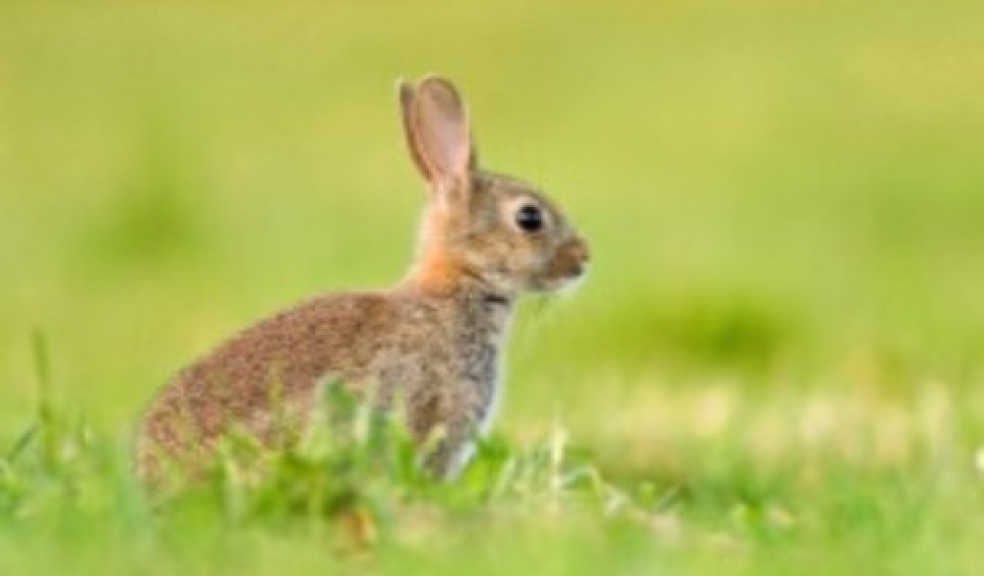
Join the Mammal Society hunt for the Easter Bunny
Join in the Mammal Society’s annual hunt for Easter Bunnies and Mad March Hares this Easter weekend. The Mammal Society is appealing for the public to record sightings of rabbits and hares and help target conservation efforts in the UK.
Both rabbits and hares are a regular sight in the countryside and are relatively easy to spot compared with many other mammals.
Prof Fiona Mathews, Chair of The Mammal Society, says ‘Rabbits and hares have formed an important part of our ecosystem for a very long time. The native mountain hare was joined by the Brown Hare in the Iron Age, when it was brought over by the Celts; and rabbits seem to have been introduced by the Romans. Reports of local population collapses – whether caused by disease, over-hunting – are therefore worrying. We also need to find out whether hares are suffering the same general long-term declines as many other farmland species. The public can help, by joining in our annual Great Easter Bunny Hunt. We are interested in every record, whether it’s from a local park or a mountain-top.’
The Mammal Society is currently reviewing the conservation status of all British Mammals and is also producing a new Atlas – the first in 20 years – showing where mammals are found. In addition, the Moores for the Future Partnership are monitoring long term changes in the distribution of rabbits, brown hares and mountain hares on the moorlands of the Peak District and South Pennines, potentially providing a very visual indication of the impact of climate change on our uplands.
Derek Crawley, co-ordinator of the new Atlas, explains how to tell your Mad March Hare from your Easter Bunny: “Rabbits and hares are quite straightforward to tell apart. Hares are usually solitary or seen in pairs, whereas rabbits are often found in social groups. Hares are larger, have long limbs and lollop along whereas the rabbit has a bobbing gait. They usually look skinny compared with the rounder shape of a rabbit. The ears are also distinctive: those of hares are longer and have black tips. Finally, the eyes of hares are amber whereas rabbit eyes are dark brown. If you are lucky enough to spot a rare mountain hare, these have grey coats in summer and are white in the winter, and their ears do not have black tips.”
Dr. Anthony Caravaggi, who has studied hares in Northern Ireland, points out that the ‘mad March hare’ is a bit of a myth: “The madness of hares is really just mating behaviour, with amorous males pursuing, and often being fended off, by females. But this behaviour doesn’t just occur in March; it occurs during throughout the breeding season, which can last several months or even all year-round if conditions are favourable. Keep your eyes open from spring through to autumn and you might see mad February, March, July, or August hares.”
The Mammal Society is appealing to the public to record their sightings of hares and rabbits. Reporting a sighting is simple using the free Mammal Tracker App, available from the App store. Records can also be submitted through the Mammal Society website at www.mammal.org.uk/nmap.
Whenever possible, a photograph should be submitted to allow the sighting to be verified by an expert. Records from the Peak District and South Pennines, where there is a special project on Mountain Hares – a rare species in England – can also be submitted to the Moores for the Future community science rabbit and hare survey at http://www.moorsforthefuture.org.uk/community-science/haresurvey or by downloading their MoorWILD App.











